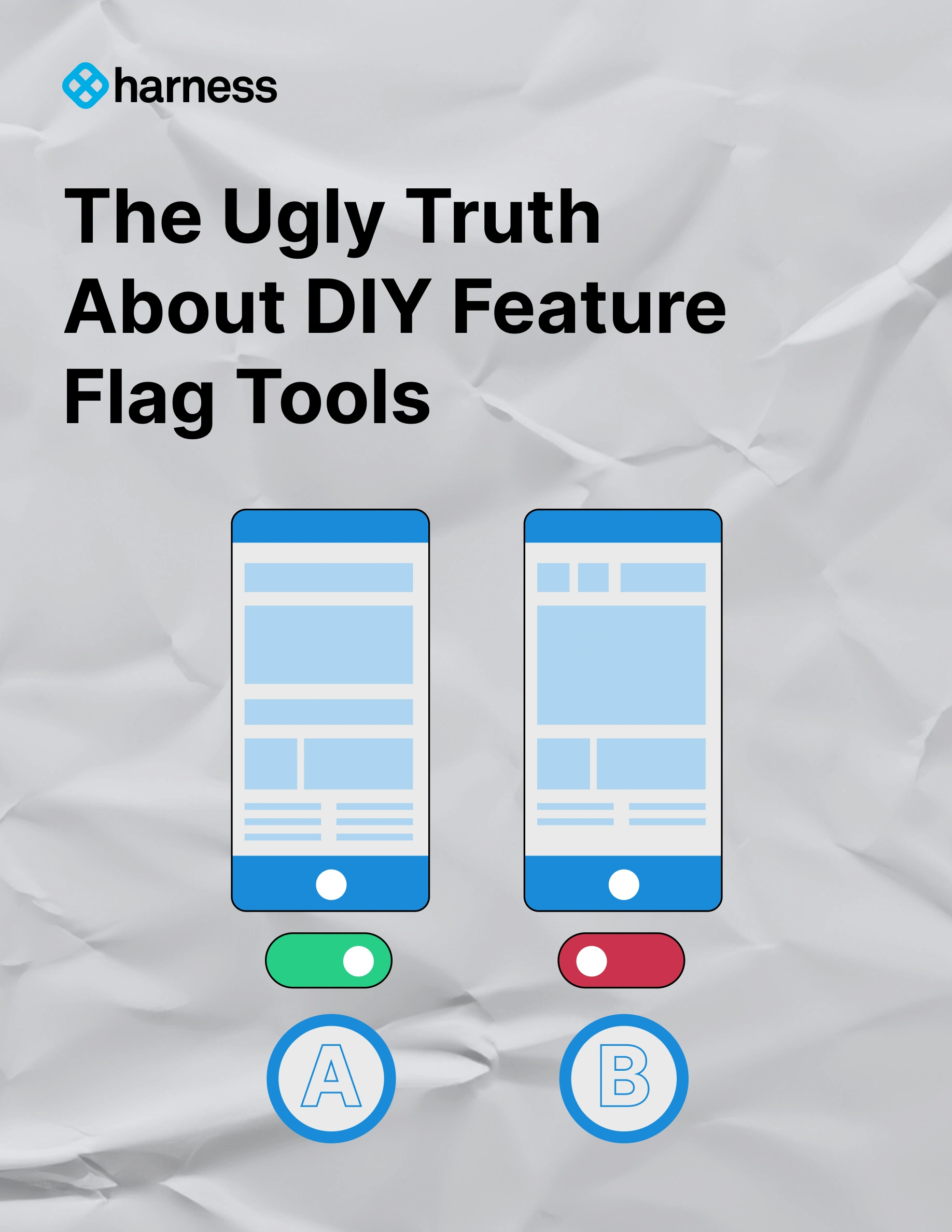What is Usability Testing?


Key takeaway
A key part of the software development process, usability testing provides invaluable feedback on the user experience of a product.
What is Usability Testing?
Usability testing means conducting real-world testing with a segment of your customer base. The goal is to conduct real-time test sessions asking the end user to complete tasks using your product for usability evaluation of its ease of use, as well as identify usability problems that might negatively impact the user experience.
Benefits of Usability Testing
There are many advantages of usability testing beyond the benefits of other testing methods. Internal pre-production, unit tests or alpha testing can help you identify technical issues or bugs, but conducting user testing with real users will provide you with much more qualitative feedback. This can include:
- Comments on user experience from real users directly to the development team
- Resolution of internal debates about usability issues
- Identification of unforeseen usability problems ahead of launch
- Reduced risk of product failure through experimentation
4 Most Common Types of Usability Testing
There are many ways to conduct usability testing, but there are a few common features of the testing process in all usability studies. First, there are two groups: observers (typically one or more usability experts), and participants. The observers can be physically present, or sessions can be recorded for later analysis. Read on to learn more about how participants are chosen.
1. Hallway Testing
This type of testing relies on people chosen randomly from passing foot traffic, e.g. in a hallway or outside on a sidewalk. This testing method is more useful earlier in the design process, as it can help development teams identify major issues or "brick walls" that create major usability issues for the target audience.
2. Remote Usability Testing
Remote testing is most commonly chosen via a third-party service or software and conducted via interactive meeting tools such as Zoom or WebEx, with the observer and end user located in different locations and/or time zones. Alternatively, the test sessions can be conducted at different times, at the participant's convenience, for later review by the observer or development team.
3. Expert Review
This testing method makes use of an outside usability expert or consultant to assess the user experience. These researchers often evaluate user experience using the 10 usability heuristics developed by Jakob Nielsen, including factors such as user control and freedom, error prevention, efficiency of use and more.
4. A/B Testing
Already a common type of testing for web design, product features, e-commerce and more, A/B testing exposes the target audience to two different versions of a website or feature and records the user experience with each. Test results are compared to determine which version, A or B, exhibited more or fewer usability issues.
Summary
How you conduct usability testing will depend on the method you choose for user research. In general, you should choose one part of your product for testing, choose specific tasks for the end user to accomplish, and set standards for success.

The Ugly Truth About DIY Feature Flag Tools
DIY feature flags seem simple at first, but often lead to tech debt, resource drain, and scaling issues. This playbook shows why enterprises need professional feature management.
